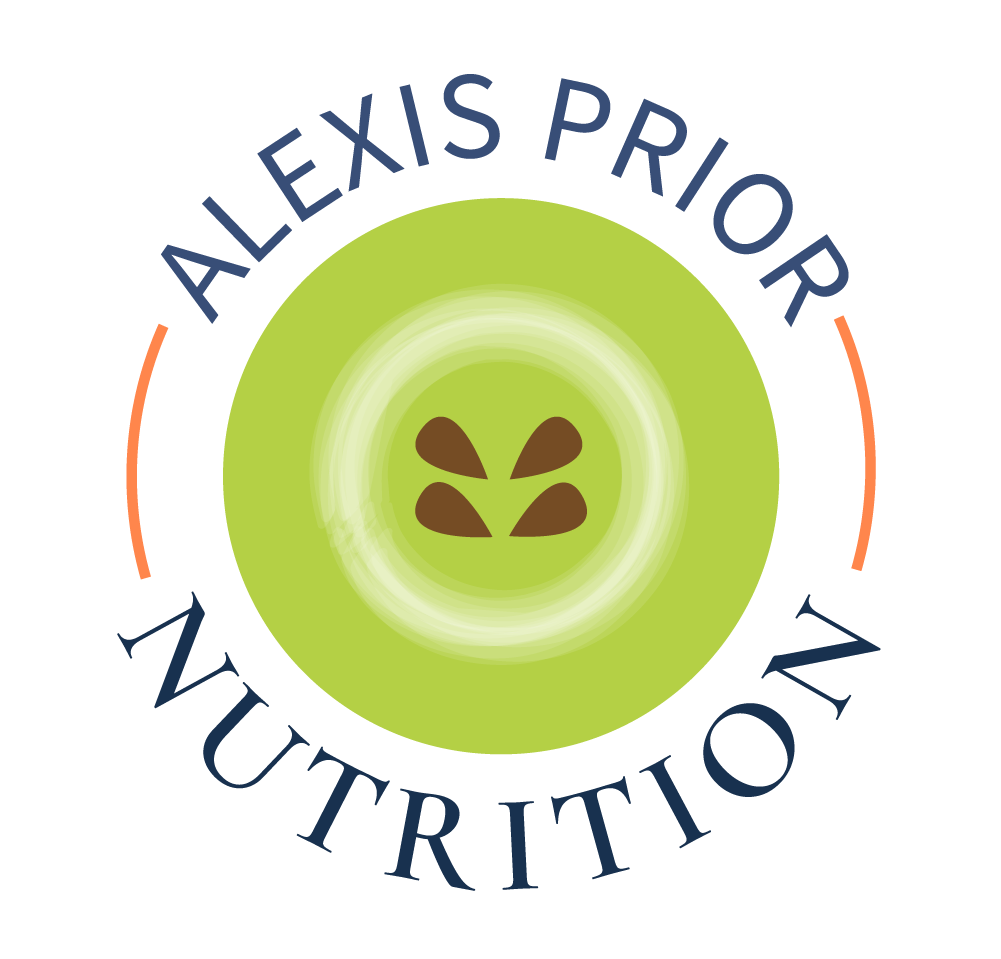Weight gain - Why snacking could be hampering your weight loss
Weight gain, particularly around the middle and abdomen, is a very common complaint of women over 40, especially those going through perimenopause. There are many reasons for this, some of which I’ve written about previously here.
However, in this blog I specifically want to tackle the question of snacking.
Why Do We Snack?
Firstly, snacking is a fairly recent commercial phenomenon and a massive industry. We are bombarded with imagery of snacks in the media from an early age. We are surrounded by aisles and shelves of delicious and tempting looking snacks in our food stores, and even our chemists. Our ancestors weren’t exposed to this. They probably would have eaten 2 or 3 meals a day on a regular basis, with very occasional treats. The incidence of obesity was far lower.
We have been told in the past by ‘those who know nutrition’ to eat 3 meals and 2 snacks a day. Goodness, when I did my initial training, I was taught to give this advice to clients too!! We have come a long way since then!
The Issue
As the body of research grows, along with our waistlines, there are some key emerging links between increased meal frequency and obesity. In fact, not just obesity, but the underlying metabolic issues that lead to it, including increased inflammation which drives accelerated ageing and disease, an unhealthy cholesterol picture and reduced insulin sensitivity (1)
Eating more often through the day can interfere with our metabolism and encourage weight gain around our middles. Our constant snacking, not only on poor quality food, but also healthy food, means that we have to produce more insulin. Insulin is the hormone that takes sugar from the blood stream and stores it away in our liver, muscles and fat cells. It’s a storage hormone.
Over time if we produce too much insulin, we become less insulin sensitive and ultimately insulin resistant. Insulin resistance is a precursor for Type 2 Diabetes. This can happen if we overeat, and if we increase the amount of times we eat throughout the day. The result is that we can gain weight.
Here’s a simple explanation. Insulin tells our fat cells to store any energy that we haven’t used in the form of fat. This is brilliant because we need stores of fat to use for energy. However, when the cells become full, they don’t want to store anymore and try to ignore the insulin (insulin resistance). This is a problem because too much sugar in our blood stream is a danger. Our body then has to produce higher amounts of insulin to try and force the cells to open. This leads to us storing more energy initially. This leads to us gaining weight. If our body is constantly in store mode because we are grazing, it’s unlikely to be in a position to release and burn fat. Our metabolic processes start to malfunction.
Double Whammy!
As women over 40, there is a double whammy. Our hormones are changing and reacting to the natural decline of oestrogen, progesterone and testosterone as our egg supply runs out. During this process we also have a tendency to become more insulin resistant. This means we are more likely to store weight around our middles. So we really need to eat and live in a way that promotes insulin sensitivity.
This is a simple, but fairly logical explanation. However, if you are struggling with weight gain around your middle, you may find that avoiding snacks will help kickstart weight loss and improve insulin sensitivity.
This is especially important if you are also seeing a steady increase in inflammatory markers, an unhealthier cholesterol picture, high fasting blood sugar and high HbA1C in your routine blood tests.
There is much advice out there on meal timing, low carb, high fat etc etc. My recommendation if you are struggling with food cravings and you’re constantly grazing is to just start by eating 3 good meals a day, ideally spaced 4-5 hours apart.
What’s a good meal?
Just eat real food. In terms of balance, aim initially for:
a) ½ of your plate comprised of colourful non-starchy vegetables (ie vegetables that are not root veg such as potatoes, parsnips)
b) ¼ of your plate to be good quality protein (organic where possible, meat, poultry, non farmed fish, free range eggs, pulses, nuts and seeds, good quality protein powder etc).
c) ¼ or slightly less of your plate to be starchy carbohydrates (wholegrains, root vegetables, potatoes).
d) 3 tbsp of healthful oils per day such as extra virgin olive oil, coconut oil, flaxseed oil on salads.
How I can help.
If you’d like to know more, please contact me for a FREE Discovery Call on 07909 732017, or email me here to arrange a consultation. You can also see more about my services here.
I work with women over 40 to help them manage their weight and blood markers through straight-forward nutrition and lifestyle techniques. I can arrange blood and hormone testing to help you understand what’s happening in your body in order to create an even more personalised plan to help you achieve optimum health and get your oomph back!
Reference
(1) https://www.ncbi.nlm.nih.gov/pmc/articles/PMC6520689/
